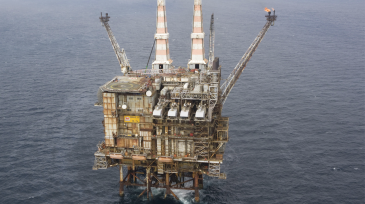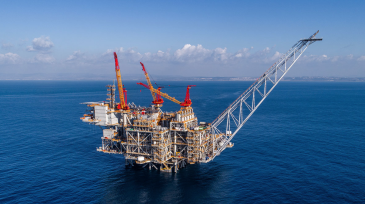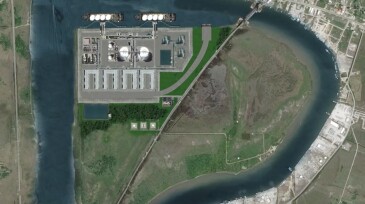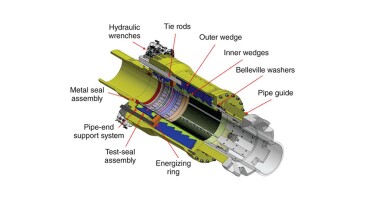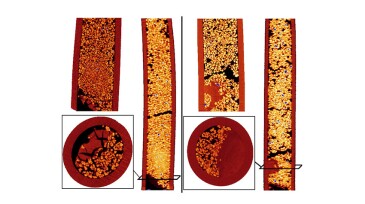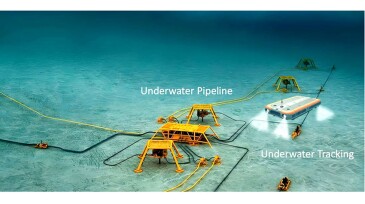Onshore/Offshore Facilities
The North Sea Transition Authority has published its first table identifying 13 operators that are behind schedule in decommissioning their inactive North Sea wells.
Research facility plans to add multiphase-flow-testing capabilities for heavy oil and different viscosities.
The decision keeps the effective tax rate on upstream projects at 78%, prompting new warnings that investments will continue to dwindle in the UK Continental Shelf.
-
Marine contractor also approves the construction of a new heavy-transport ship.
-
Nitzana will enable Israel to double gas exports to Egypt from the giant Leviathan gas field in the Eastern Mediterranean.
-
Train 4 is expected to add 6 million tonnes per year of capacity to the South Texas liquefied natural gas project when it goes online in 2030.
-
Louisiana-based project will use operator’s Optimized Cascade process to turn feed gas into LNG.
-
This paper compares traditional welded techniques, such as above-water repair methods and underwater hyperbaric welding, with the novel options offered by subsea connectors purposely developed for corrosion-resistant-alloy-clad pipelines.
-
This paper reviews the motivation and development of response-based forecasting from the perspective of the authors, reviewing examples and processes that have served as validation and led to modeling refinement.
-
This study contributes to enhancing the understanding of scale-inhibitor retention in rock formations.
-
This paper introduces a technology for offshore pipeline inspection centered on an autonomous robotic system equipped with underwater computer vision and edge-computing capabilities.
-
The offshore industry is actively embracing a digital-first, low-carbon future, supported by scalable demonstrators, intelligent systems, and integrated engineering approaches now entering precommercial or early-deployment stages.
-
Updates about global exploration and production activities and developments.




